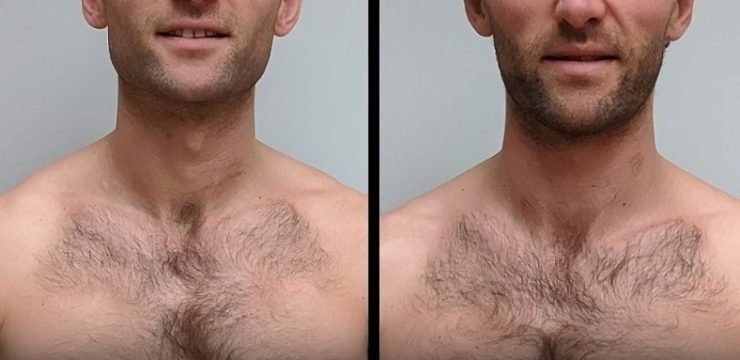I’ve always had a bit of a fear of snakes, but I’ve been lucky to live in a place where encounters with venomous ones are rare. Yet, there’s something undeniably captivating about these creatures that keeps me intrigued. That mix of fear and fascination often leads me to explore the world of some of the most dangerous reptiles on Earth. And one snake, in particular, stands out—the extraordinary Gaboon Viper.

Unveiling the Gaboon Viper: Africa’s Largest and Most Elusive Viper
Hidden deep within the dense rainforests and savannas of Central and West Africa is the Gaboon Viper, also known as the Gaboon Adder. This magnificent snake is one of the largest and deadliest vipers on the continent. Renowned for its remarkable camouflage, the Gaboon Viper blends seamlessly into its environment, making it nearly impossible to spot among the leaf litter.
This viper can grow over 6 feet long and weigh more than 20 pounds, making it second in size only to the mighty King Cobra among venomous snakes. What’s even more astonishing are its fangs, which measure up to 2 inches—the longest of any venomous snake. These formidable fangs are capable of delivering a highly potent venom that can cause severe tissue damage, intense pain, and, if untreated, potentially fatal consequences.
A True Master of Camouflage and Ambush Hunting
The Gaboon Viper’s striking appearance goes beyond its size. It has a large, triangular head and intricately patterned skin that helps it disappear into its surroundings. This perfect camouflage allows it to lie in wait for prey, sometimes remaining completely still for hours on end. When the time is right, it strikes with lightning speed, targeting creatures like rabbits, monkeys, and even small antelope.
Despite its fearsome reputation, the Gaboon Viper is generally non-aggressive toward humans. Because it prefers remote, dense habitats, encounters with people are relatively rare. However, accidents do happen, usually when someone unintentionally steps on one hidden in the foliage. In such cases, the snake’s bite can be life-threatening if anti-venom is not administered promptly. The Gaboon Viper has a unique ability to hold onto its prey after biting, allowing it to inject a large dose of venom, which makes its bites especially dangerous.
The Risks of Keeping Gaboon Vipers as Pets
While naturally found only in Africa, the Gaboon Viper’s striking looks and impressive size have made it a sought-after pet among some snake enthusiasts in the United States. Unfortunately, keeping such a dangerous animal comes with risks, as demonstrated by incidents in recent years.
In 2022, a man in Virginia was bitten by his pet Gaboon Viper, resulting in a life-or-death emergency. Authorities rushed him to Richmond Hospital, but the situation was complicated due to a shortage of anti-venom. The Virginia Aquarium and Marine Science Center stepped in, providing an additional 35 vials to aid in his treatment. Just a few months earlier, another incident in North Carolina left a man hospitalized, requiring 44 vials of anti-venom and costing him several fingers.
Rare Sightings and Viral Moments
Though encounters with Gaboon Vipers in the U.S. are extremely rare, there have been occasional reports of these snakes escaping captivity. In 2015, authorities in Georgia investigated a potential sighting of a Gaboon Viper in Milledgeville. And in 2021, a video shared by The Reptile Report went viral, showing a Gaboon Viper camouflaged on a street. Its movement was so fluid that it almost resembled a caterpillar, mesmerizing viewers with its uncanny ability to blend into its surroundings.
The Gaboon Viper: A Balance of Beauty and Danger
The Gaboon Viper stands as a testament to the wonders of the natural world, showcasing a perfect blend of power, beauty, and adaptation. It’s a reminder of the delicate balance that exists in the wild, where even the most fearsome creatures play an important role in their ecosystems. Whether admired from afar or studied up close, this snake inspires both awe and caution.
If you find the world of snakes as fascinating as I do, share this story and spread the appreciation for one of nature’s most remarkable predators!





